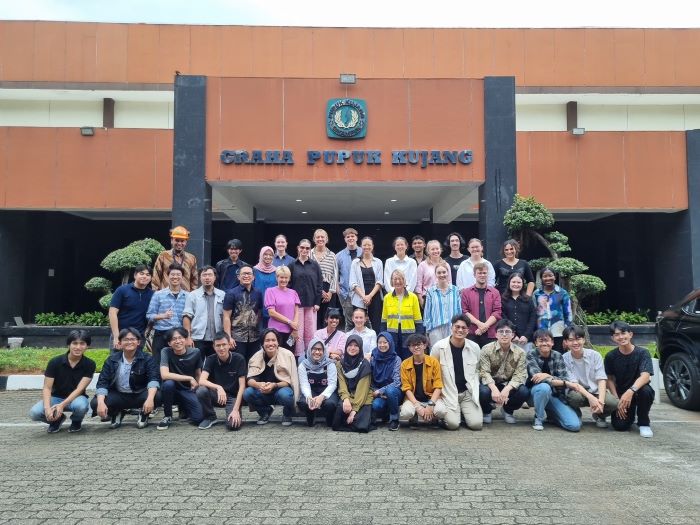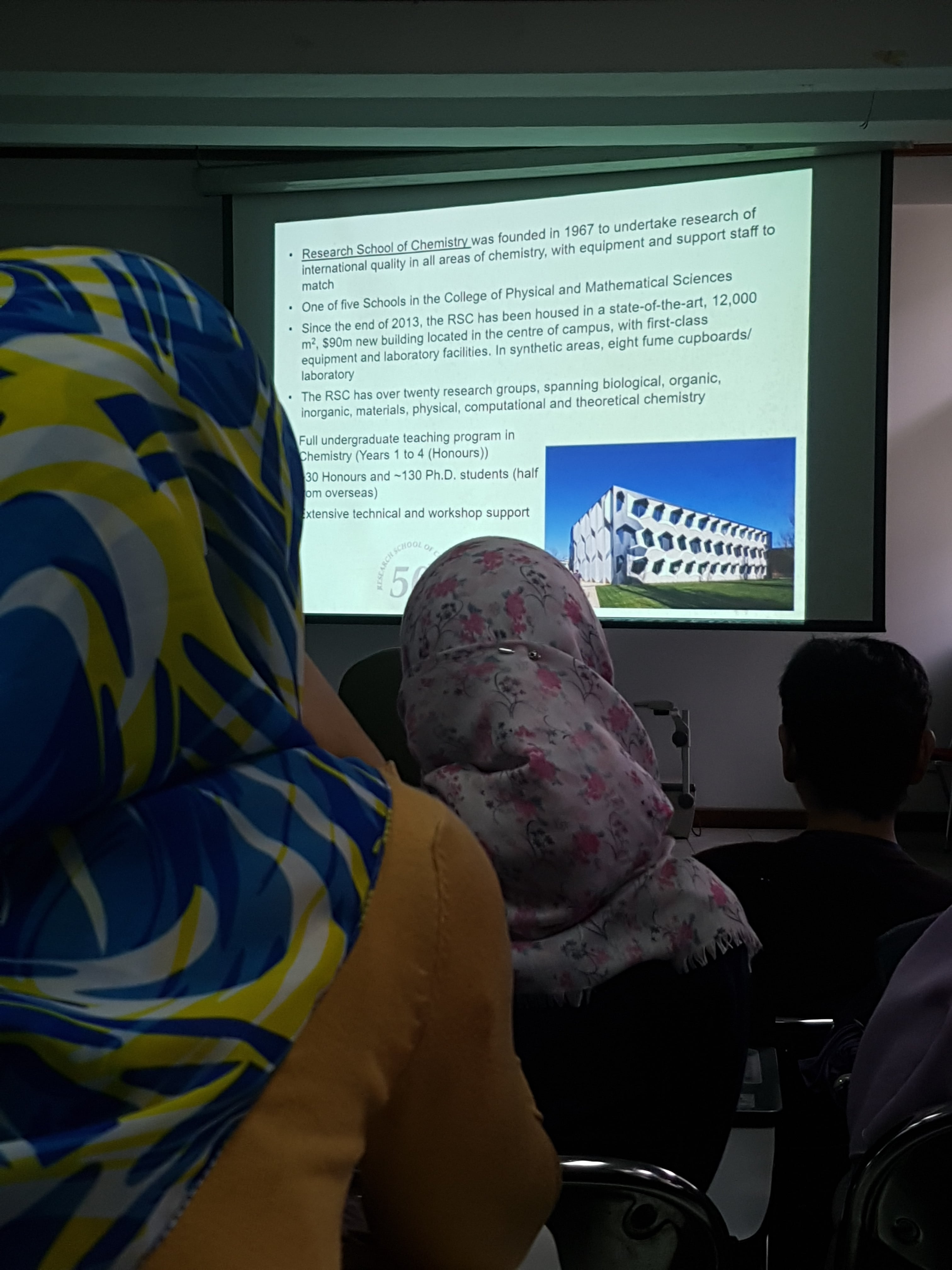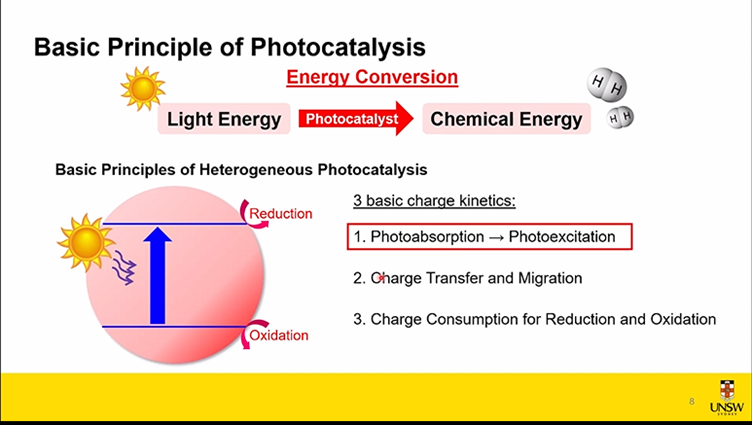Chemical Engineering ITB Guest Lecture: Introduction to Process Control in the Industrial World

BANDUNG, itb.ac.id – In almost all industrial process applications, control of process variables is critical in ensuring the process stability, increasing the system performance by minimizing errors, and increasing the system responses. In addition to that, by implementing process control we can also reduce potential human errors. And most importantly, we can increase the safety factor in the process.
This was explained by Imam Maulidin, S.T., a Solution Executive at the Rockwell Automation, Inc. Indonesia during the Undergraduate Program in Chemical Engineering ITB guest lecture on Thursday (21/4/2022). In the guest lecture, Imam delivered a presentation on industrial process control together with its case study. This presentation is aimed at providing the students with real world pictures of industrial process control applications.
Process Control Automation
Imam explained that a huge percentage of industrial process control has been run autonomously. Various computer programs have been developed to make process control easier. Some well-known industrial autonomous system programs include Ladder Diagram (LD), Function Block Diagram (FBD), Structured Test (ST), Instruction List (IL), and Sequential Function Chart (SFC).
On an industrial scale, he continued, the process control system and the safety system are arranged to create an integrated system. The main process control system is controlled by the DCS (Distributed Control Systems) and PLC (Programmable Logic Controller) protocols. In addition to that, the process control system is also equipped with a Remote Area which is controlled by RTU (Remote Terminal Unit) and SCADA (Supervisory Control and Data Acquisition). "Whereas the security system focuses on fire and gas control," he explained.
Predictive Control Model
Currently, a Model Predictive Control (MPC) is being developed. This model is a combination of technologies that have been proven to increase factory and asset performance by reducing process variability. This model is a hybrid modeling system that aims to enable the user to make the most of the collected information such as empirical data, equations, equipment specifications, etc.
Imam explained that this model has some advantages compared to PID such as the ability to predict dynamic models, less time required to understand a dynamic process, and the ability to predict and monitor the value of constraints that are likely to appear in the future.
Reporter: Tarisa Putri (Chemical Engineering, 2019)
Translator: Favian Aldilla R (Civil Engineering, 2019)

scan for download






